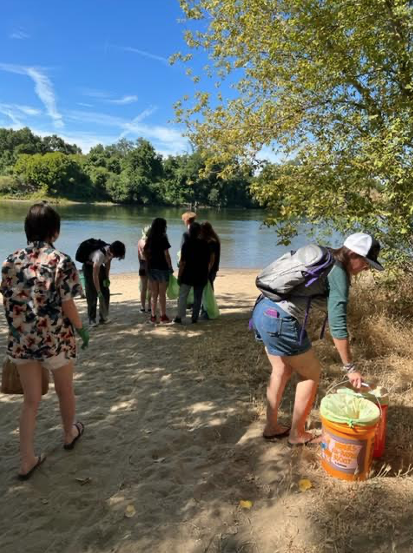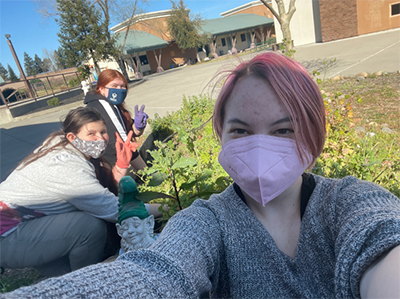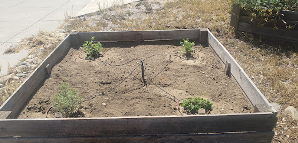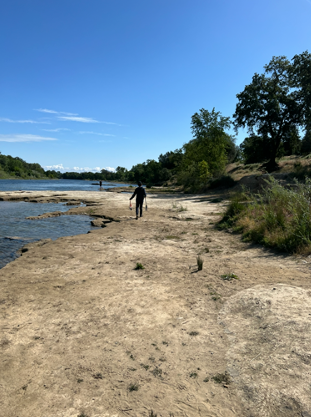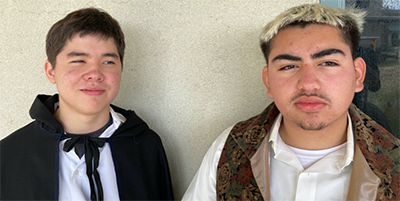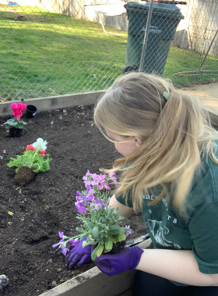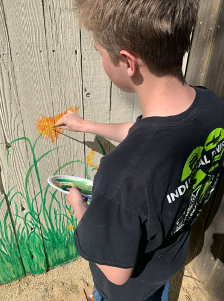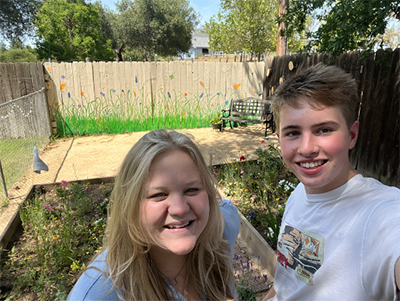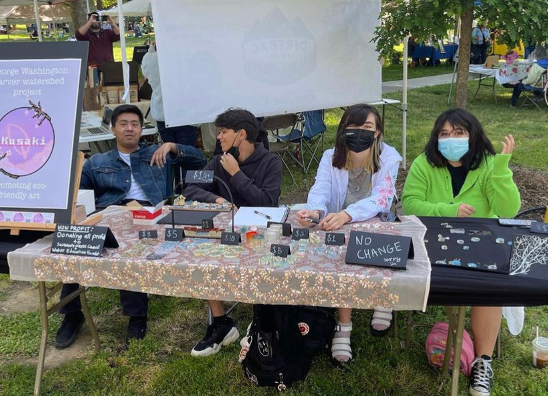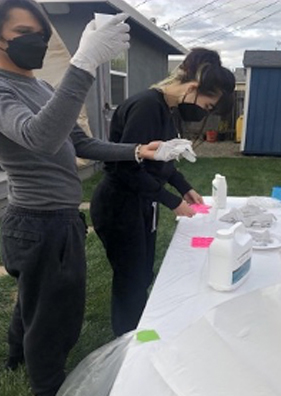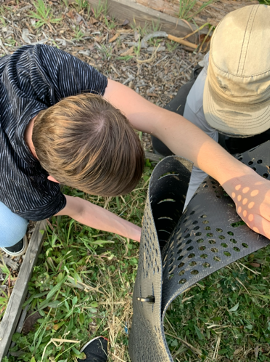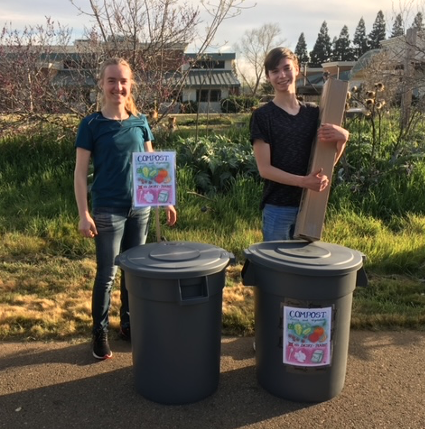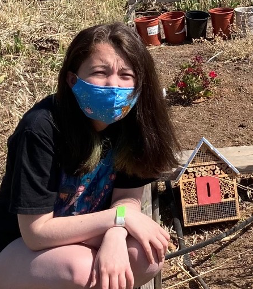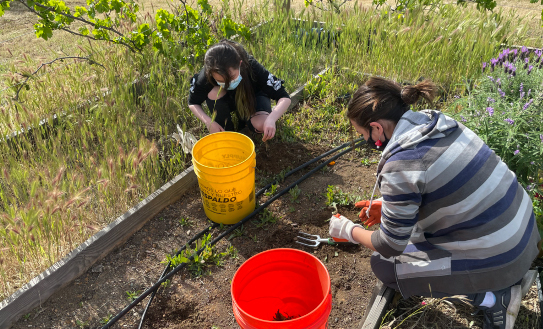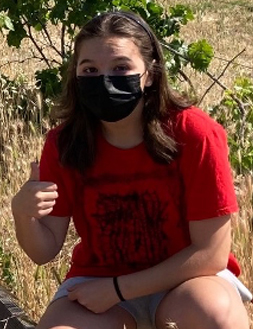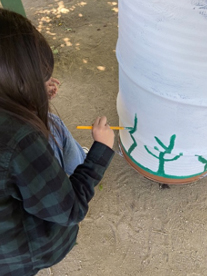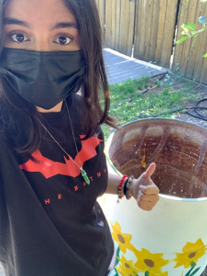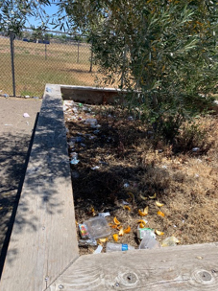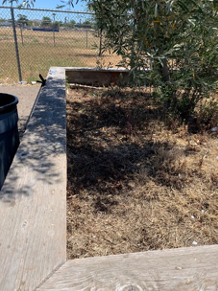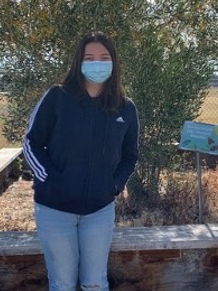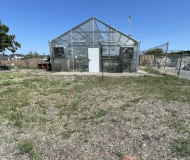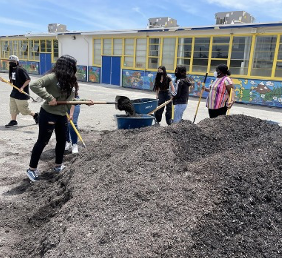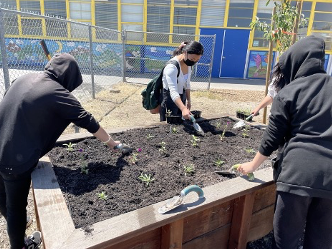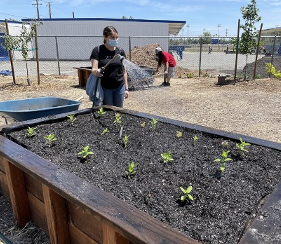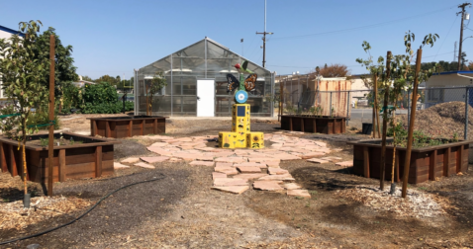2022, SACRAMENTO, CALIFORNIA, USA
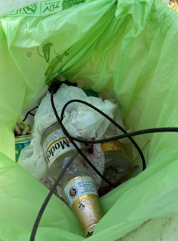
Lillian and Ximena, students at The MET Sacramento High School are very worried about the amount of litter on the riverbank and in the water of the American River. After researching, they learned that the American river is “the most heavily used recreation river in California”(Rivers.gov). The litter not only impacts recreation and visitor experience, but also can have many negative effects on the environment. Fish, birds, and other wildlife in and around the aquatic environment might consume bits of plastic or other waste that are toxic to them, or they could get trapped in plastic bags or 6-pack rings. Other trash may introduce toxins into the water or even increase fire hazard in the riparian area. The team assembled a group of classmates and family members to participate in their clean-up on June 2 along a stretch of the American River between Sutter’s Landing and the 16th street bridge. To encourage student participation, the team confirmed with their school that the clean-up would count towards community service requirements. With this project, the team provided a great day to engage in watershed stewardship and to reflect on how human behavior and waste impacts the river.
